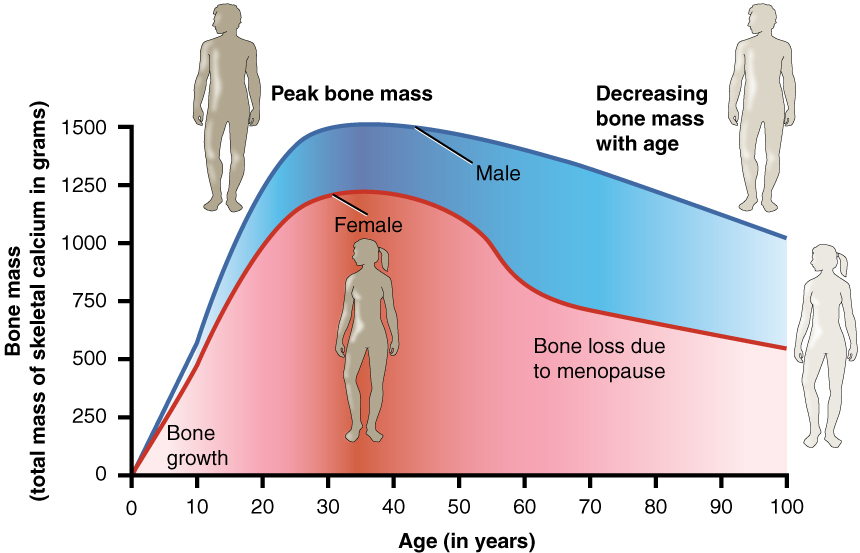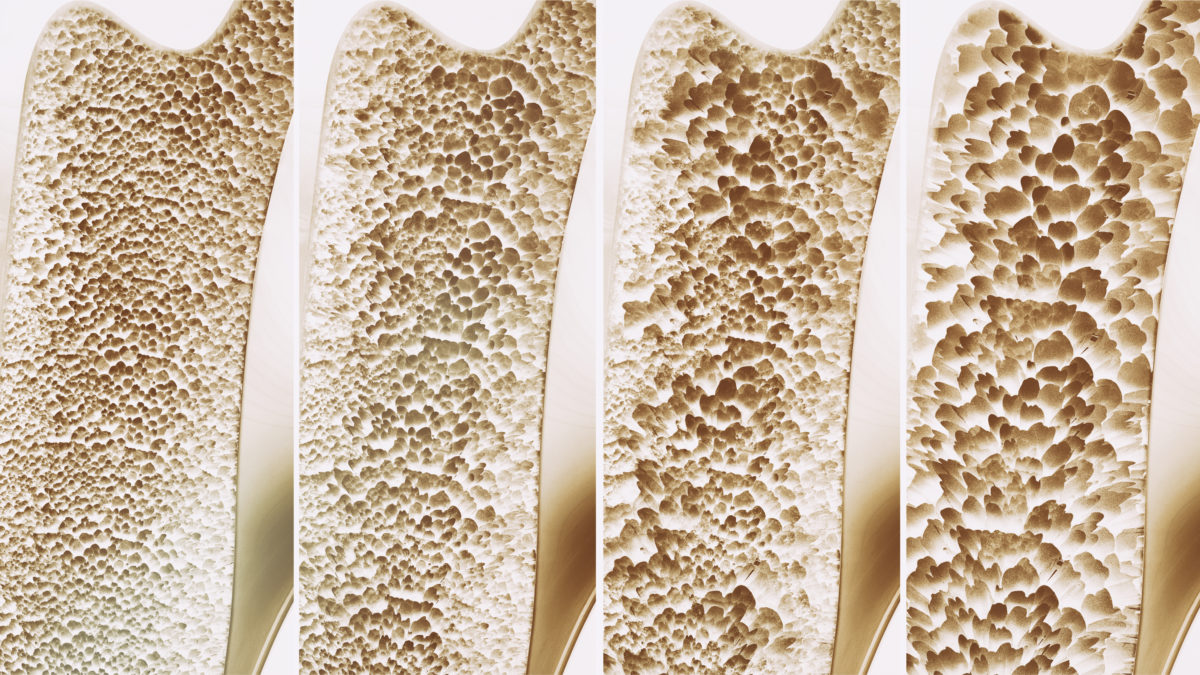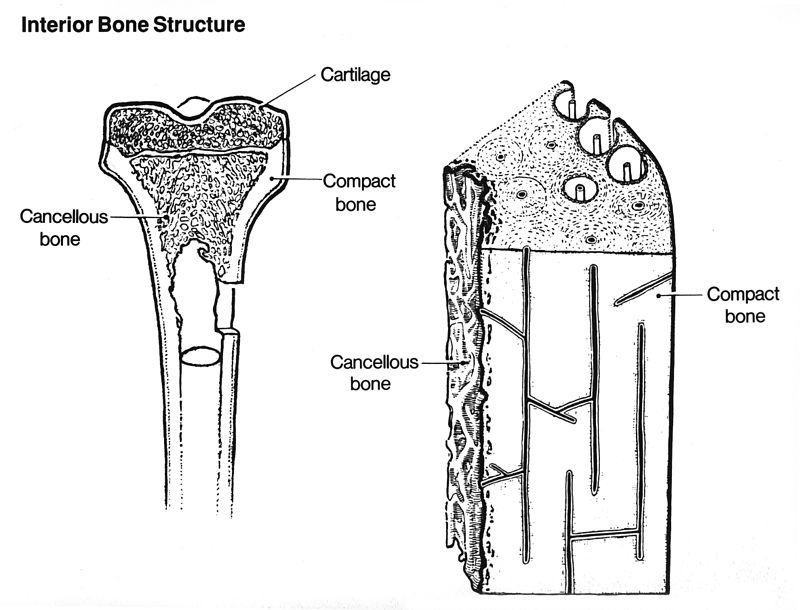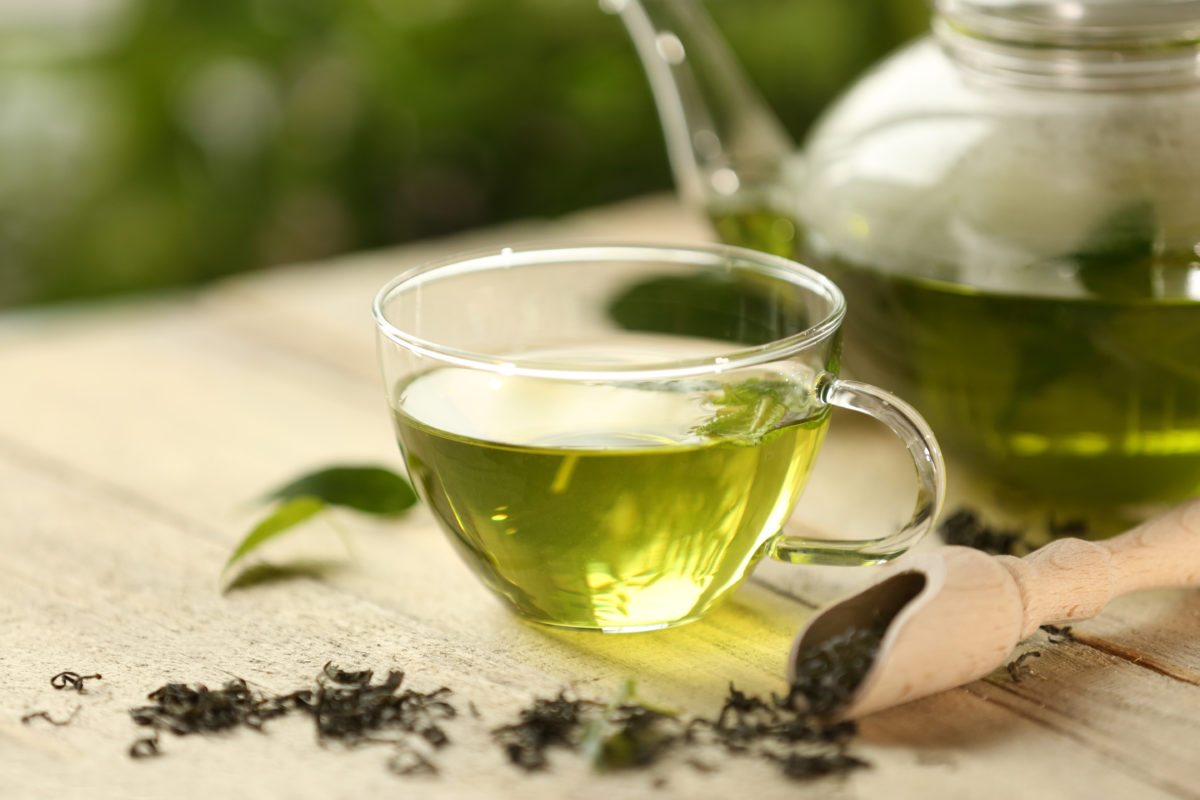Most studies of the medical benefits of tea are inconclusive. They are packed with “Tea may… might… could” and “More studies are needed.” Green tea may help prevent cancer…” “This research suggests that…” and the like. The link between tea and bone wellness is, by contrast, largely free of conditionals and inconclusiveness. Tea improves bone health and protects against some severe maladies of aging.

Think of tea as a nutrient for your bones and an investment in an imaginary health savings account. It won’t directly add to your income, but the odds are high that it will pay off in reducing the risks of osteoporosis and fractures endemic to old age.
For women, making tea part of their lifetime routine is a fine preventative. Its biochemical dynamics are distinctly different for them than for males, because of the pervasive role of the primary female sex hormone, estrogen.
Osteoporosis: The silent disease

As we age, our bones weaken. That inevitability increases the odds of osteoporosis, the ailment that routinely is described with adjectives like severe, harmful, painful, and producing potentially fatal disorders. It affects around half of those older than 50. Osteoporosis is the “silent disease” that you don’t know you may have and that underlies most fractures.
We generally think of bones as very solid and stable, largely from images of skeletons, bones used as weapons – Samson’s boast in the Bible that “with the jawbone of an ass have I slain a thousand men” – or carved scrimshaw, or just from our sense of them as weight-bearing, powerful sources of speed and strength, and so on.
They are in reality a spongy honeycombed tissue of bone marrow inside a sheath of mostly mineral composition, with cartilage protecting joints and complex networks of encased blood vessels and nutrient arteries.
Bone structures contain three types of cell:
- Osteoblasts build the collagen-rich bone substance, depositing calcium, the most abundant mineral in our bodies, 99% of which is stored in our bones and teeth.
- These turn into osteocytes, that go beneath the surface of the bone and maintain its structure. They are fixed and survive for decades: around 40 billion are in your body. They act as regulators of the bone’s networks of connections.
- Osteoclasts handle “resorption.” This replaces old bone tissue, releasing its minerals to flow back into the blood and building.

This continuous bone remodeling modulates growth and stability. If it gets out of balance, the overall bone mineral density (BMD) is affected. BMD is a key measure of strength; you can get a routine x-ray test that is convenient, painless, and medication-free. In childhood, bone formation exceeds resorption. In later years, this reverses and the body’s osteoclasts destroy mineral tissue more than the osteoblasts build it.
That brings in (1) osteoporosis as high risk ailment and green tea as preventative, (2) osteoarthritis as a painful result of inflammation from weakened bone connections and tea as an effective anti-inflammatory agent, and (3) bone fractures as a byproduct of aging with a history of tea-drinking as insurance.
Tea won’t cure these nor relieve the often very severe pain they cause. It’s more like taking Vitamin C daily or an aspirin tablet to (potentially) protect against heart disease: a preventative measure.
Osteoporosis in Women
Women are four times more likely than men to suffer from osteoporosis because of the decrease in their estrogen levels after menopause. The rapid drop over the first 3-5 years is followed by a continuous slower one through the rest of a woman’s lifetime. The lowering of estrogen affects intestinal absorption and maintenance of calcium levels. This markedly increases the risk of hip or vertebral fractures that are a major cause of morbidity and mortality in older women. Post-menopause, half will suffer a bone fracture as a result of osteoporosis.
While the figures are lower for men, they’re still high: one in four of all osteoporosis patients. The figures are estimated to grow from the 40 million of 2010 to over 60 million in 2020. It’s an international problem, with women in India particularly affected. Obesity and lack of weight-bearing exercise are significant drivers of the growth.
Oxidative stress

There is escalating evidence that the antioxidant polyphenols found in high concentrations in green tea have powerful beneficial effects at the molecular and DNA levels of the body’s metabolism and biochemistry. EGCG (epigallocatechin-3-gallate) is often termed the “magic molecule” for the growing range of lab results that show a potential for effective cancer treatment. EGCG and other green tea polyphenols are certainly at work in inflammation reduction.
This makes green tea of likely general health protection and specific osteoarthritis risk reduction.
Research studies
One encouraging aspect of the tea-bone health link is how strongly it is supported by large scale, elegant and rigorous research studies of osteoporosis. The findings are less clear cut for fractures and arthritis.
Here are selected research conclusions:
- A UK study of 1,256 women in the UK aged 65-75: the mean BMD, adjusted for weight and body mass index, was found to be higher for the 1,134 tea drinkers than non-drinkers (122). Differences most marked at key bone joints. Independent of other factors including smoking, coffee drinking, addition of milk to tea. Tea drinkers had an estimated 10-20% lower risk of bone fracture.
- One of the largest studies, begun in 1994-98, tracked over 90 thousand multiethnic women, aged 50-79, for an average of four years, The large sample size made it easier to factor out “covariates” of tea drinking versus non-consumption, such as walking, taking calcium supplements and hormone replacement therapy.The main findings were that drinking 4 or more cups of tea a day was strongly associated with higher bone mineral density for the entire body and 2-3 with higher spinal BMD. The results were consistent with related studies of Asian, Canadian and UK women.
- A study involving 1,188 Australian women reported a 40% lower osteoporosis risk for those who consumed 3 or more cups of tea a day than for non- or occasional drinkers. They were tracked for ten years.
- A meta-analysis of research reports – a study of the studies – identified 364 relevant articles that it filtered to take into account quality, research design, reliability and face validity. The final 13 studies included in the analysis covered over 12 thousand sample subjects nd corroborated the wider findings. BMD is higher for tea drinkers. It does not seem to directly relate to the amount of tea, so that adding extra cups to the 2-4 daily range does not increase BMD.
The researchers emphasized their key conclusion, supported by the meta-analysis and ancillary lab studies: the polyphenol antioxidants in tea “significantly” promote osteoblastic survival and decrease osteoblastic apoptosis, an elegant term for helping cells commit programmed suicide. They confirmed the localize rather than body-wide impacts of tea on BMD.
Other studies can be added, with differing focuses, methodologies and degrees of measurement and discrimination. Overall, they show a very definite relationship between tea and bone health. So, here’s a non-scholarly summary. “Take your Vitamin C. Drink your tea.” Plus, if you are female, “Keep drinking it daily.”